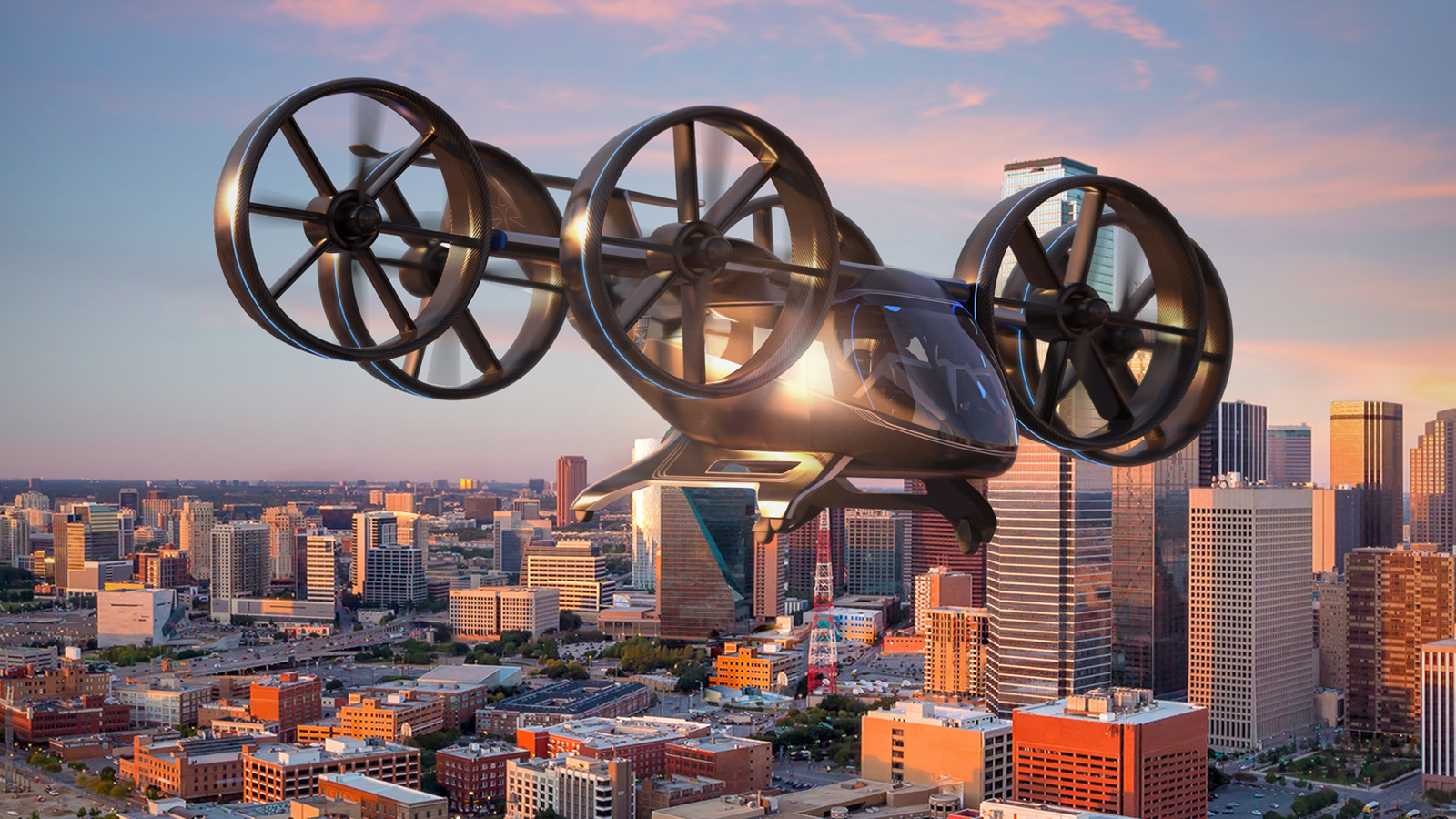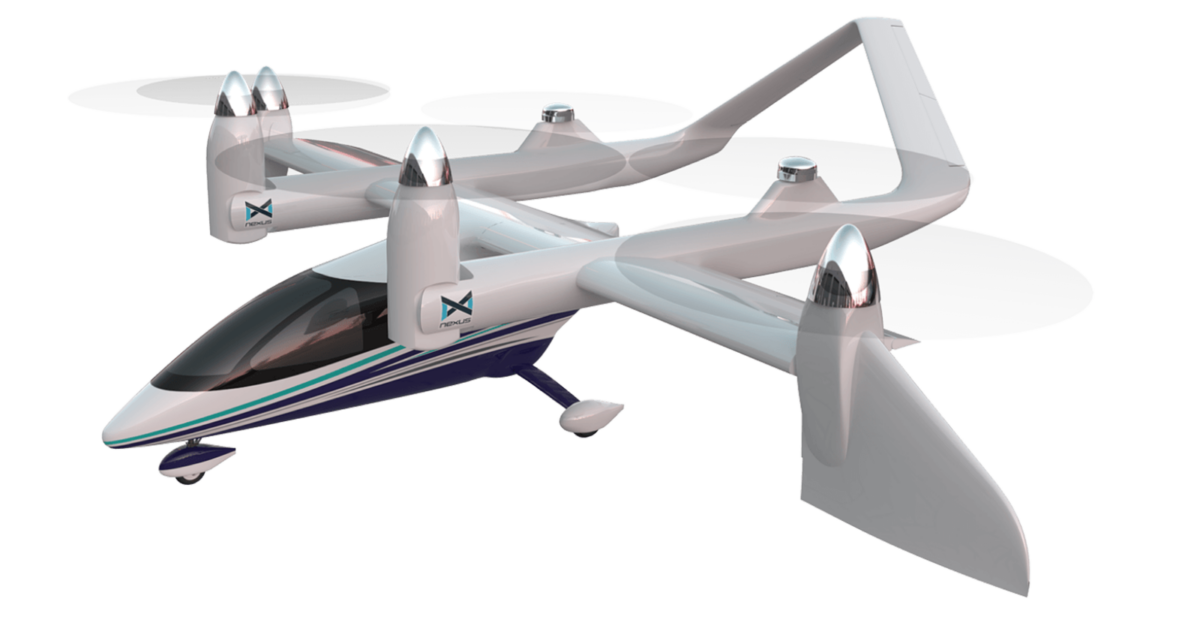Textron plans to have Nexus electric air taxi operational by 2030
By Paul Brinkmann|March 30, 2023
Company bets on certification experience but sets ‘realistic’ goal
Textron’s electric aircraft company, eAviation, is building a one-twelfth scale model of its planned air taxi, the Nexus, and plans to build and fly a full-scale four-seat prototype by the end of 2024, followed by test flights and having the first operational versions ready in 2030.
EAviation is not worried that this timeline puts Nexus years behind the targeted operational dates of companies including California-based Archer Aviation, Joby Aviation or Germany’s Volocopter.
Textron, whose brands include Beechcraft, Cessna and Pipistrel, believes its history of certifying dozens of aircraft gives it a better understanding of the time required to certify a completely new aircraft type, Tony LaCorte, eAviation’s director of external affairs, told me.
“We’re a little pessimistic about some of those other companies’ timelines. We understand that people need to say what they’re doing to keep the interest alive,” LaCorte says. “But for us, we’ve always said we’re going to be realistic about this and we’re still sticking to what we do best.”
He adds that Textron’s competitors “may have great people, great engineers, great designers, but they don’t have that same institutional level of experience and rigor that’s been substantiated over and over.”
Last year, Textron transferred the then three-year-old Nexus project from Bell to the newly established eAviation company, which set about making changes to the design of the envisioned operational aircraft. Its six ducted-fan rotors were replaced with open rotors — four tiltrotors and two lift rotors. Textron initialed aimed to type certify the aircraft by the mid-2020s, but the design changes and reshuffling the Nexus team under eAviation bumped the date to 2030.
LaCorte said some of the company’s top engineers were believers in tiltrotors, and they came to see there were flaws in the ducted fan approach.
“There were some thoughts about, ‘Hey, Bell specializes in tiltrotor, why aren’t we going that route?’” he says. Also, “ducted fans, at low altitude and high power, make a lot of noise.”
There were also “aerodynamic issues,” he says.
When asked to elaborate he said: “We want the customer experience to be something that’s futuristic. We don’t want you to feel like you’re jumping into a Caravan or some other airplane that already exists.”
Plans call for each operational Nexus to weigh 3,500 kilograms, with 30% to 40% of that comprising the battery. Nexus would be among the heaviest in the air taxi industry. Each would have a range of 185 kilometers and cover that distance in no more than 30 minutes, with an onboard pilot and up to four passengers. Versions are also planned for cargo, emergency medical services and other uses.
Get the latest news about advanced air mobility delivered to your inbox every two weeks.






